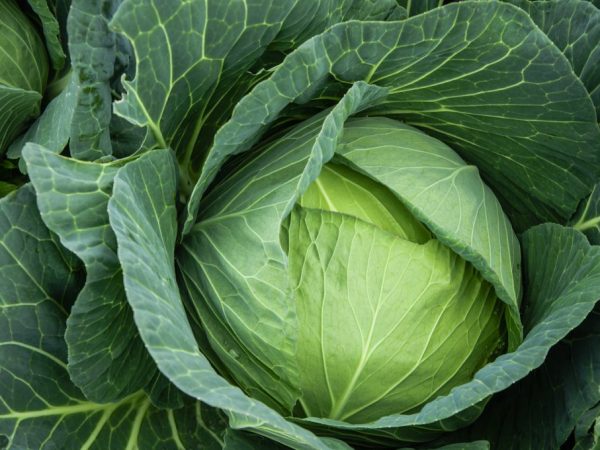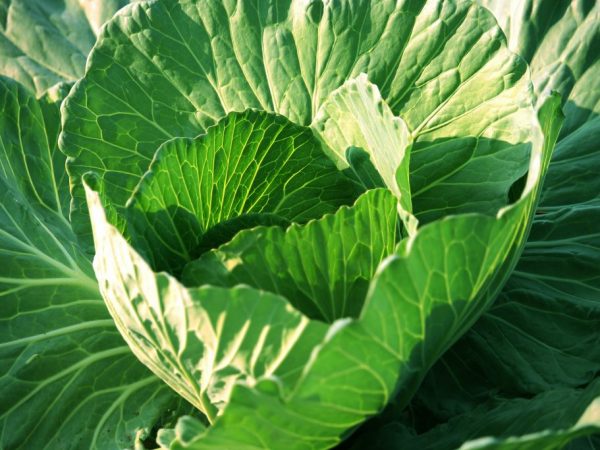Description of Menza cabbage
Menza cabbage category f1 is ideal for long-term storage. If the crop is harvested in mid-September, then the products can be stored without loss of taste and marketability until March.

Description of Menza cabbage
Variety characteristic
White cabbage variety Menza f1 category was bred in Holland. In 1960, it was entered into the State Register of the Russian Federation. Suitable for growing in all regions of the country. The description indicates that the growing season of the variety is about 90 days from the date of transplantation to its permanent location.
Description of cabbage:
- the leaves are presented in a gray-green shade: they are completely covered with a dense layer of wax coating, which simplifies the harvesting process and protects the fruits from cracking;
- the leaf outlet is compact, its diameter is 40 cm;
- the head of cabbage is round, dense;
- the cut is white;
- the weight of an individual fruit is 3 kg;
- yields are high: about 600 kg of high quality products can be harvested from 1 hectare.
Heads of cabbage have a pleasant sweet taste. The pulp of the fruit is juicy. The amount of dry matter reaches 10%. The sugar level in the fruit is 7%. The composition contains carotene and ascorbic acid.
This variety is characterized by its versatility in use: it is used to prepare main dishes or fresh spring salads. Can be consumed fresh. Ideal for long distance sales and transportation.
Growing rules
The cultivation of this variety is carried out using seedlings, therefore it is recommended to plant seeds in early March to obtain seedlings. For these purposes, it is advisable to use bulk containers. In them, the seeds are planted at a depth of 1 cm, at a distance of 5 cm from each other. To accelerate germination, the containers are placed in a warm place (the temperature should be around 24-26 ° C). With the appearance of the first shoots, the temperature must be reduced to 15 ° C during the day, and 9 ° C at night. This will prepare the seedlings for the upcoming open field planting.
It is recommended to plant seedlings in a permanent place in early May. By this time, 2-3 pairs of leaves are formed on the seedlings. The soil already has time to warm up to 10 ° C. Planting scheme - 50x60 cm. Planting depth 5 cm.
Care

Caring for cabbage is not difficult
Care for this variety is standard, and consists in weeding the site, feeding and proper watering.
The plant should be watered once every 3-4 days and only with warm water. It is better to irrigate in the morning or evening so that the sun does not evaporate moisture from the soil. At least 3 liters of water should be poured under each bush. After watering, loosen the soil by removing the top crust and weeding the area from the weeds.
Top dressing is carried out in several stages. The first fertilization is carried out 20 days after planting the seedlings in a permanent place. To do this, prepare a solution of organic fertilizers (2 kg of humus or mullein per 10 liters of water). About 1.5 liters of solution are poured under each seedling. The second feeding using superphosphate (40 mg per 10 l of water) and potassium nitrate (20 mg per 10 l of water).The amount of fertilizer for each bush is 2 liters.
Pest and disease control
Menza f1 cabbage is resistant to powdery rose, bacteriosis and tobacco mosaic, but is often attacked by keel. You can fight it with a manganese solution (2 mg per 10 l of water) or Bordeaux liquid (10 mg per 10 l of water). Spraying with drugs is carried out at intervals of 10 days.
The main pests are aphids and fleas. You can get rid of aphids by spraying with a copper-containing preparation Oxyhom (50 mg per 10 liters of water). In the fight against fleas, it is advisable to use colloidal salt, with which spraying is carried out, with an interval of 7 days. To prepare the solution, you need to pour 30 mg of the drug in 10 liters of water.
Conclusion
Menza is considered a popular variety of our time. Industrial enterprises grow this crop for the purpose of further sale. Ordinary gardeners - for their own use. This variety can retain its taste and appearance for 6-7 months.


